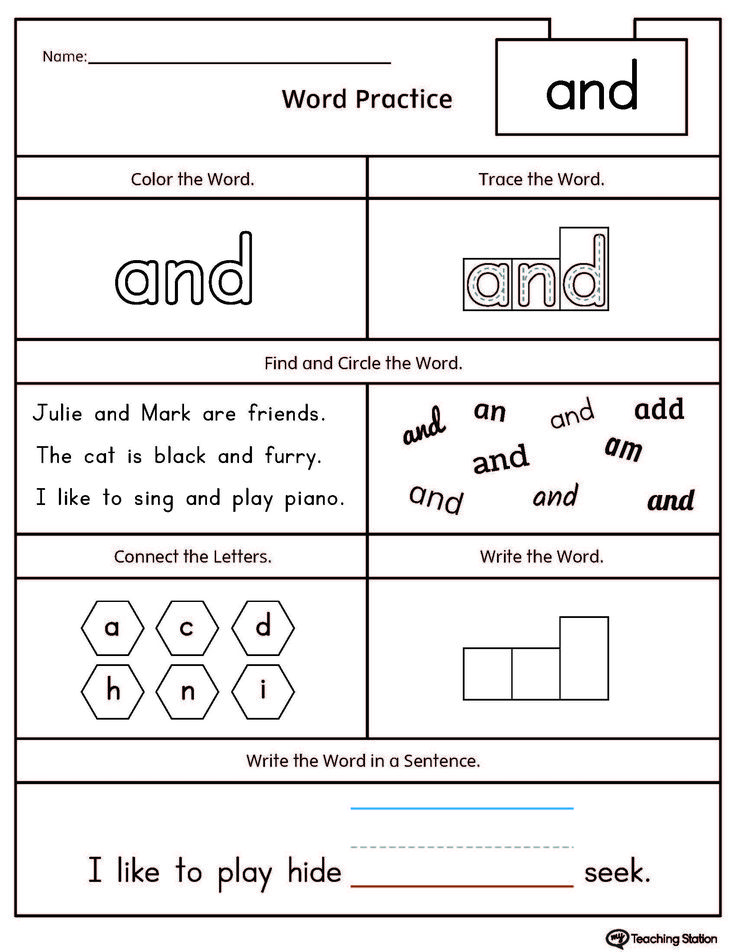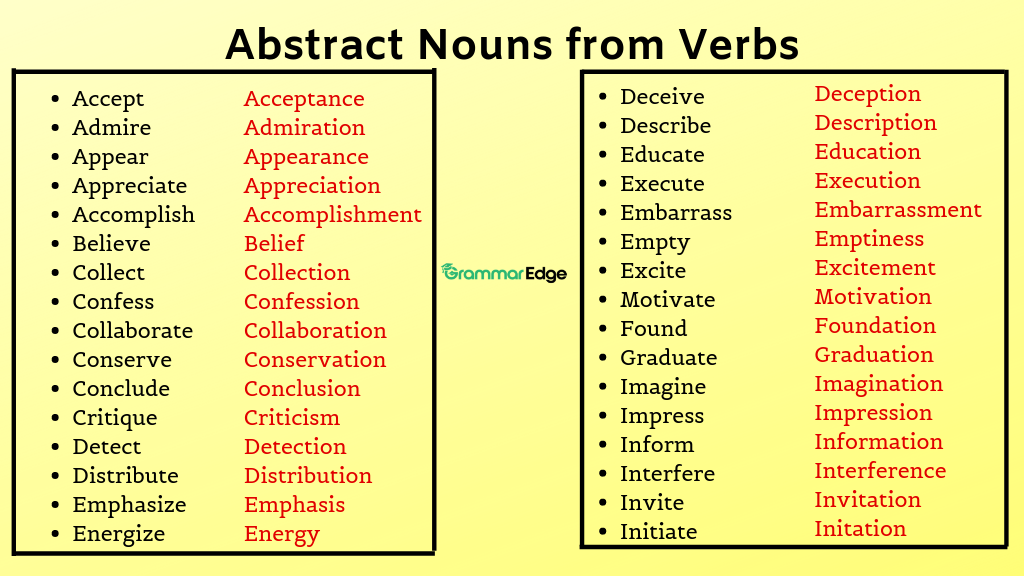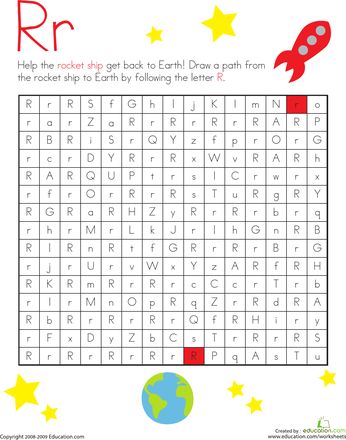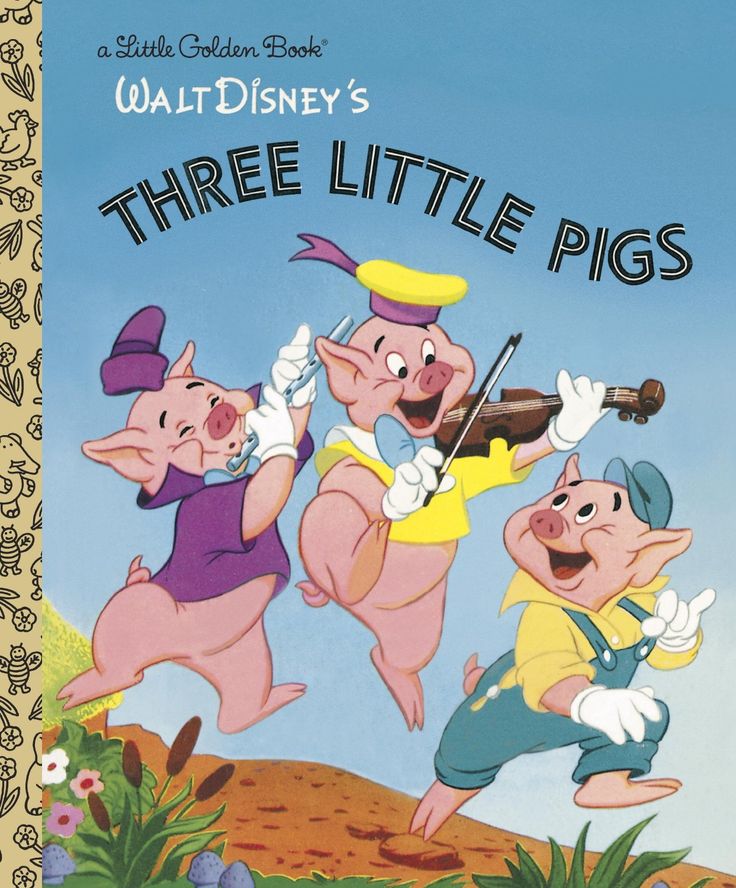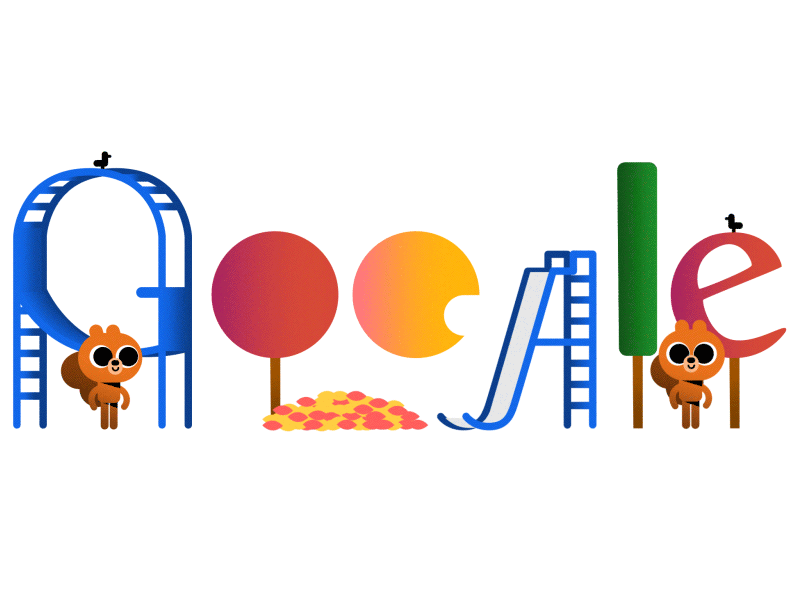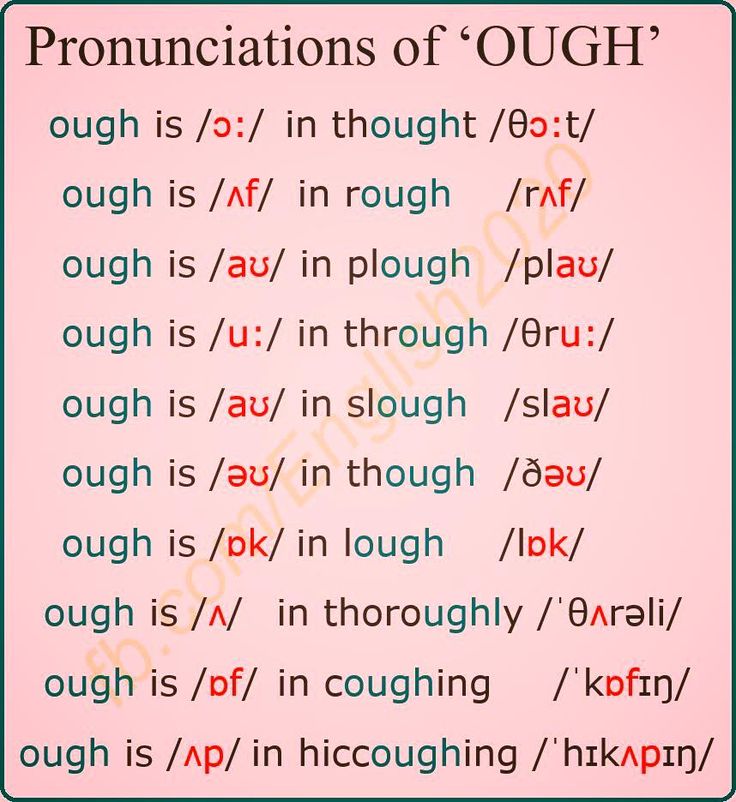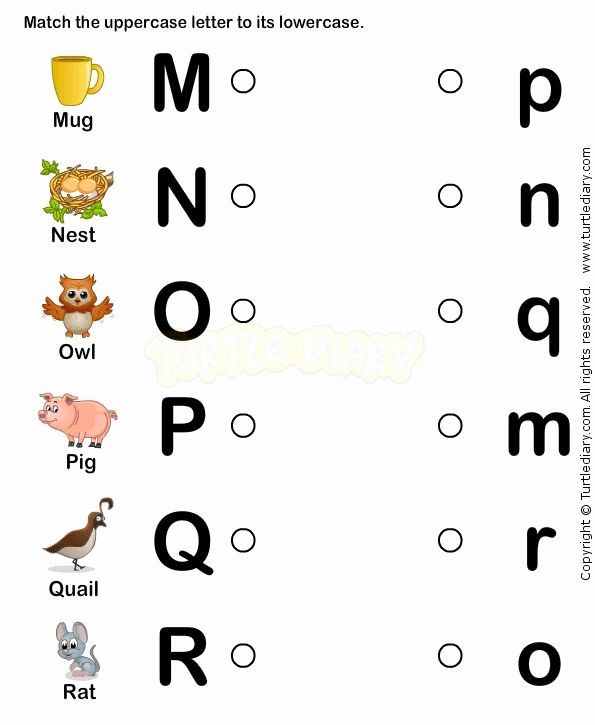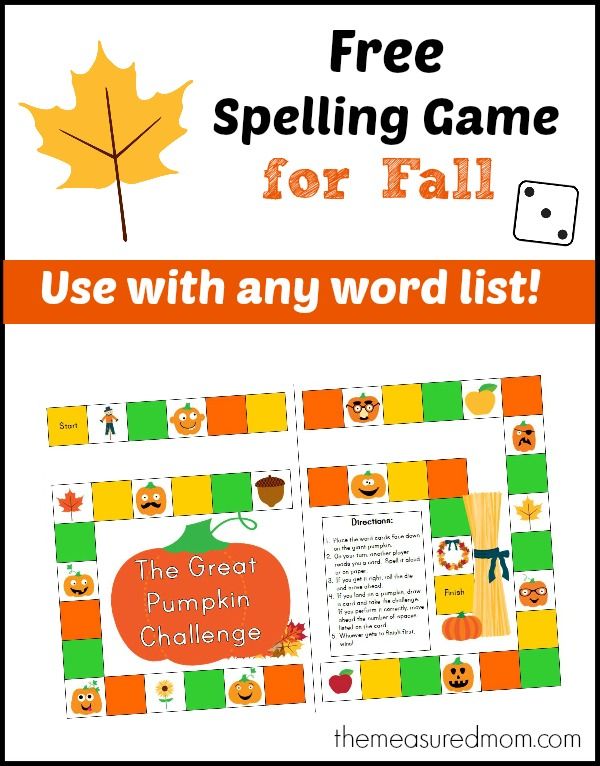High frequency words for 1st graders
250+ Sight Words for First Graders That Kids Can Easily Learn
In Grade 1, children’s language skills develop rapidly. They learn to use more words and start putting them together to form simple sentences. As their vocabularies grow, they encounter more sight words. They are called ‘sight words’ because children should recognize and understand them as soon as they see them – without having to decode or use sounds to identify them. But what are they and which are the sight words for first graders?
What are Sight Words?
Sight Words for first graders are the most common words that children come across. They are usually short words, such as the, and, of, to, you, and I. These are high-frequency words that appear in any English text very often. Knowing these words helps children to improve their reading fluency and comprehension skills. It also hones their vocabulary development.
By the end of the first grade, children should know around 200 sight words – with spellings. The kids will often come across these words in the texts they read or speeches they hear. Creatively incorporating these sight words in different activities can help kids become better readers and writers.
250 Most Common Sight Words for First Graders
Dr. Edward William Dolch, an educator, studied children’s books of his time and came up with 220 ‘service words’ that occurred most frequently in those books. He developed the list in the 1930s-40s and suggested the following sight words for 1st graders:
| 1. after | 11. from | 21. know | 31. round |
| 2. again | 12. give | 22. let | 32. some |
| 3. an | 13. going | 23. live | 33. stop |
| 4. any | 14. had | 24. May | 34. take |
| 5. as | 15. has | 25. of | 35. thank |
| 6. ask | 16. her | 26. old | 36. them |
7.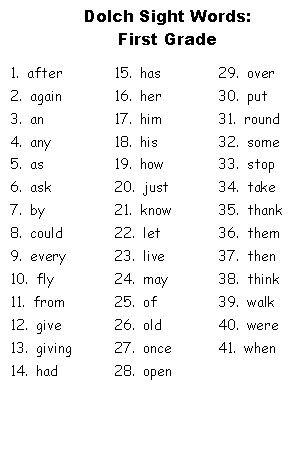 by by | 17. him | 27. once | 37. then |
| 8. could | 18. his | 28. open | 38. think |
| 9. every | 19. how | 29. over | 39. walk |
| 10. fly | 20. just | 30. put | 40. were |
| 41. when |
Dr. Edward Fry prepared his list of 1,000 most common words in the 1950s, which was updated in 1980. The list of 100 sight words for first grade students by Fry covers almost 90% of the words 6-7 year-olds will come across in stories, poems, and informational texts:
| 1. a | 26. from | 51. more | 76. there |
| 2. about | 27. get | 52. my | 77. these |
| 3. all | 28. go | 53. no | 78. they |
| 4. am | 29. had | 54. not | 79. this |
| 5. an | 30. has | 55. now | 80. time |
6.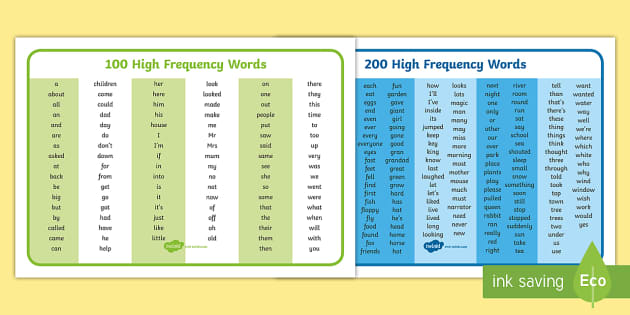 and and | 31. have | 56. number | 81. to |
| 7. are | 32. he | 57. of | 82. two |
| 8. as | 33. her | 58. on | 83. up |
| 9. at | 34. him | 59. one | 84. use |
| 10. be | 35. his | 60. or | 85. was |
| 11. been | 36. how | 61. other | 86. water |
| 12. but | 37. I | 62. out | 87. way |
| 13. by | 38. if | 63. part | 88. we |
| 14. called | 39. in | 64. people | 89. were |
| 15. can | 40. into | 65. said | 90. what |
| 16. come | 41. is | 66. see | 91. when |
| 17. could | 42. it | 67. she | 92. which |
| 18. day | 43. its | 68. so | 93. who |
| 19. did | 44. like | 69. some | 94. will
will |
| 20. do | 45. long | 70. than | 95. with |
| 21. down | 46. look | 71. that | 96. words |
| 22. each | 47. made | 72. the | 97. would |
| 23. find | 48. make | 73. their | 98. write |
| 24. first | 49. many | 74. them | 99. you |
| 25. for | 50. may | 75. then | 100. your |
As you’ll notice, almost 18 words are common between these Dolch and Fry lists of sight words for first-grade students. Between them, we have a list of 123 first grade sight words.
SplashLearn experts also recommend a list of 130 more sight words first graders can quickly learn:
| 1. before | 26. animal | 51. frog | 76. stomach |
| 2. funny | 27. dog | 52. crab | 77. thigh |
| 3. hers | 28. cat | 53. fox fox | 78. knee |
| 4. high | 29. cow | 54. camel | 79. leg |
| 5. jump | 30. sheep | 55. lion | 80. feet |
| 6. keep | 31. rabbit | 56. elephant | 81. eat |
| 7. learn | 32. duck | 57. girl | 82. run |
| 8. much | 33. hen | 58. boy | 83. drink |
| 9. only | 34. horse | 59. toy | 84. walk |
| 10. thing | 35. pig | 60. ball | 85. chop |
| 11. want | 36. turkey | 61. doll | 86. sing |
| 12. yours | 37. chicken | 62. ears | 87. act |
| 13. color | 38. donkey | 63. eyes | 88. kick |
| 14. yellow | 39. goat | 64. head | 89. mix |
| 15. orange | 40. mouse | 65. nose | 90. sit |
| 16. pink | 41. deer | 66.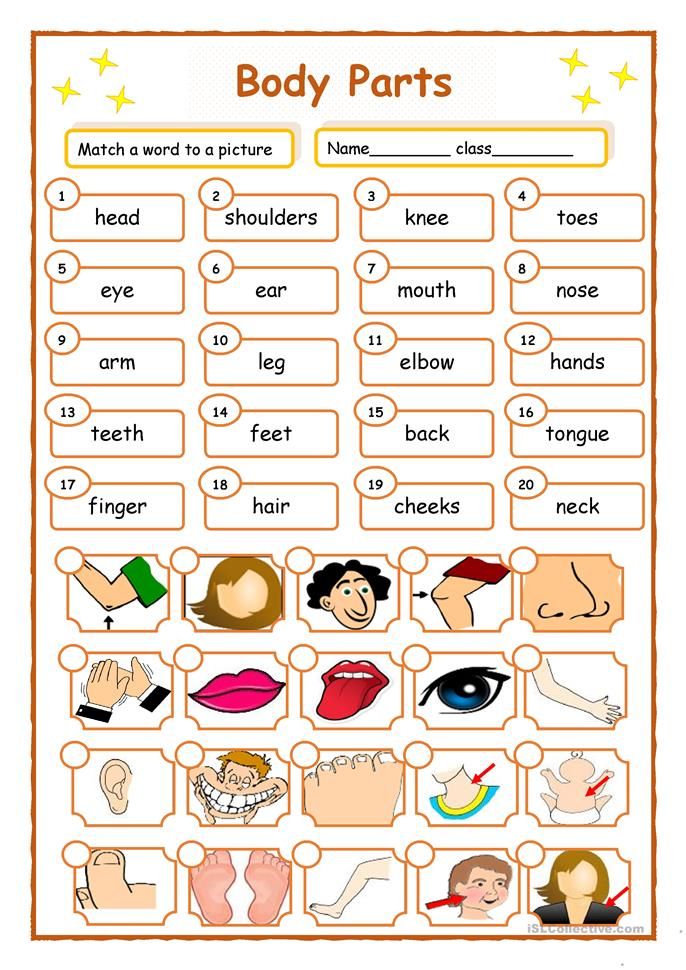 mouth mouth | |
| 17. green | 42. moose | 67. teeth | |
| 18. blue | 43. koala | 68. neck | |
| 19. red | 44. wolf | 69. shoulder | |
| 20. black | 45. bear | 70. arm | |
| 21. white | 46. snake | 71. elbow | |
| 22. silver | 47. bird | 72. hand | |
| 23. gold | 48. fish | 73. fingers | |
| 24. brown | 49. bat | 74. thumb | |
| 25. purple | 50. tiger | 75. chest |
Sight words for first graders to help with their math vocabulary include the following:
| 1. zero | 11. nine | 21. match | 31. before |
| 2. digit | 12. ten | 22. size | 32. less |
| 3. one | 13. number | 23. compare | 33.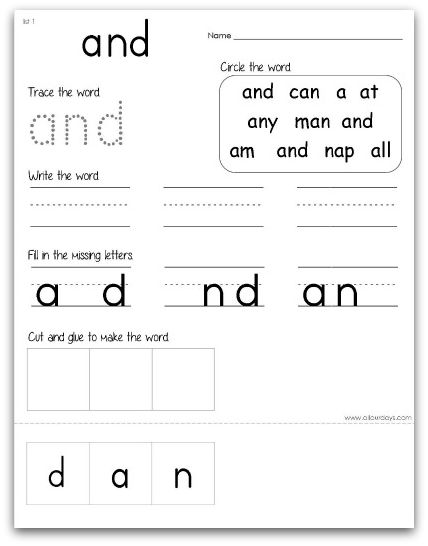 plus plus |
| 4. two | 14. input | 24. less than | 34. minus |
| 5. three | 15. output | 25. opposite | 35. add |
| 6. four | 16. similar | 26. more than | 36. subtract |
| 7. five | 17. object | 27. near | 37. ones |
| 8. six | 18. sort | 28. half | 38. tens |
| 9. seven | 19. different | 29. after | 39. place value |
| 10. eight | 20. alike | 30. equal | 40. rule |
Fun and Effective Ways to Help Grade 1 Students Learn Sight Words
Whether you are a parent or a teacher, you can use plenty of fun and effective ways to help first graders learn sight words. Below are some creative ideas:
1. Word Walls: Word walls are an excellent way for kids to see the words they are learning visually. You can create a word wall in your home or classroom by putting up posters with all the sight words.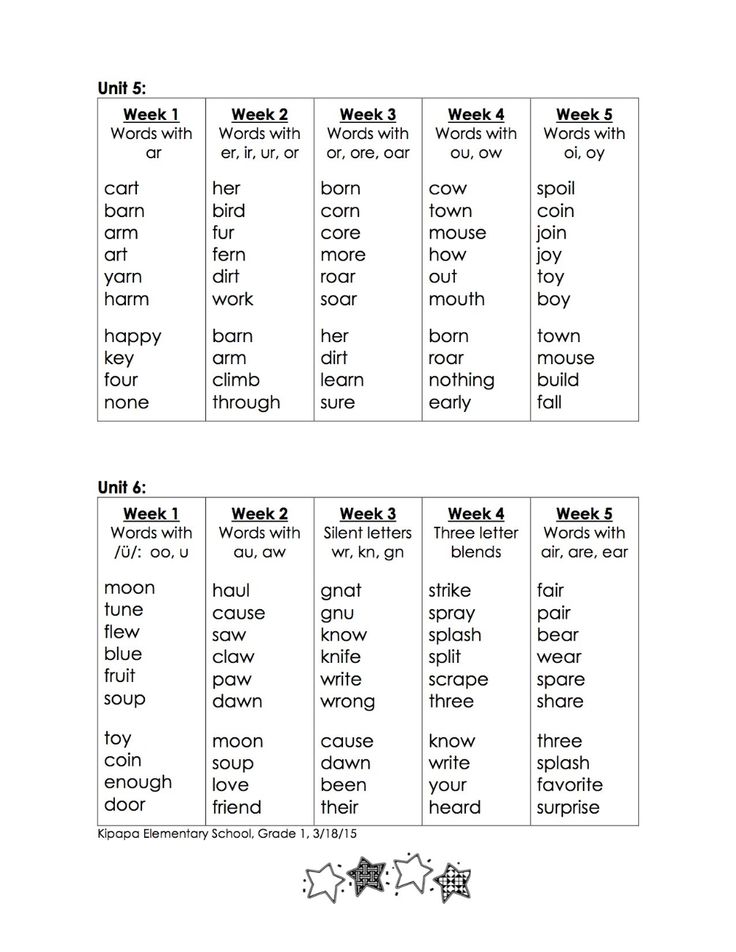 As your child learns each word, you can highlight it or put a checkmark next to it.2. Memory Games: Memory games are fun for kids and help them learn new words while improving their memory skills. There are many different ways to play memory games with sight words. For example, you can write the words on slips of paper and put them face down. Then, have your child take turns flipping over two pieces of paper at a time to try to find a match. They can keep the pair if they find a game; if not, they should flip the papers back over and try again.3. I Spy: I Spy is another fun game kids can play with sight words. To play, you can choose a sight word and then say, “I spy something that starts with the letter…” For example, if the word is “ball,” you would say, “I spy something that starts with the letter b.” Then, your child would look around the room and try to find an object that starts with the letter b. Once they find it, they can say what it is.
As your child learns each word, you can highlight it or put a checkmark next to it.2. Memory Games: Memory games are fun for kids and help them learn new words while improving their memory skills. There are many different ways to play memory games with sight words. For example, you can write the words on slips of paper and put them face down. Then, have your child take turns flipping over two pieces of paper at a time to try to find a match. They can keep the pair if they find a game; if not, they should flip the papers back over and try again.3. I Spy: I Spy is another fun game kids can play with sight words. To play, you can choose a sight word and then say, “I spy something that starts with the letter…” For example, if the word is “ball,” you would say, “I spy something that starts with the letter b.” Then, your child would look around the room and try to find an object that starts with the letter b. Once they find it, they can say what it is. 4. Flashcards: Flashcards are a classic way to help kids learn new words. You can make flashcards by writing the sight words on paper or index cards. Or, you can purchase pre-made flashcards. To use the flashcards, you can hold up each card and have your child read the word out loud. As they become more familiar with the words, you can time them to see how fast they can read them.5. Sight Word Books: Sight word books are books that contain a lot of repetition of sight words. These books can help kids learn new words by seeing them repeatedly. There are many sight word books available, or you can make your own by finding a book with a lot of repetition and replacing some words with sight words.
4. Flashcards: Flashcards are a classic way to help kids learn new words. You can make flashcards by writing the sight words on paper or index cards. Or, you can purchase pre-made flashcards. To use the flashcards, you can hold up each card and have your child read the word out loud. As they become more familiar with the words, you can time them to see how fast they can read them.5. Sight Word Books: Sight word books are books that contain a lot of repetition of sight words. These books can help kids learn new words by seeing them repeatedly. There are many sight word books available, or you can make your own by finding a book with a lot of repetition and replacing some words with sight words.Sight Word Games for First Graders to Play at Home or in Class
1. Hide and Seek (Find the Sight Words) Game:
You will need:- A list of 1st grade sight words
- A stopwatch
This is a great game to get the kids up and moving while they learn their sight words. It’s also a good way to get them to recognize sight words in different contexts.
It’s also a good way to get them to recognize sight words in different contexts.
- Print out the list of sight words on individual slips of paper.
- Stick them up around the room at different heights, ensuring they are within reach of the kids.
- When you say “go,” the kids have to find as many sight words as they can and bring them to you in the allotted time.
- The kid with the most sight words at the end of the game wins!
2. Word Ladder:
You will need:- A list of sight words for first graders
- A whiteboard or blackboard
This is a great way to help kids learn to recognize sight words in context.
- Choose a sight word from the list.
- Write it on the board.
- Ask the kids to come up with a sentence that uses the word.
- Write it down on the board.
- Repeat with another sight word.
3. Make a Sight Word Book:
You will need:- A first grade sights word list
- Construction paper or cardstock
- Scissors
- Glue
- Pencils or crayons
This is a great way to help kids learn to recognize sight words in context.
- Choose a sight word from the first grade sight words list.
- Write it on a piece of construction paper or cardstock.
- Ask the kids to come up with a sentence that uses the word.
- Write it down under the sight word.
- Ask the kids to illustrate their sentences.
- Repeat with another sight word.
7. Once all the sight words have been used, cut out each page and staple them together to make a book.
8. Encourage the kids to read their books aloud in the class, to you, or somebody else.
4. Roll, Read, and Race Board Game:
You will need:- A list of sight words for Grade 1 students
- A dice
- A game board (you can make your own or use a commercially available one)
- Pawns or markers
This is a great way to help kids learn to recognize sight words in context. Reviewing math concepts such as numbers, addition, and subtraction is also fun.
- Design the board game using a list of sight words.
- Players take turns rolling the dice and moving their pawns or markers around the board.
- If they land on a space with a sight word, they have to read it aloud. If they get it right, they can stay in that space. If they get it wrong, they have to move back to the previous space.
- For Math, use numbers on the dice and spaces on the board. Players must add or subtract the numbers they rolled and move their pawns or markers to the new space.
- The first player to reach the “Finish” space is the winner!
5. Simple and Easy Crossword Game:
You will need:- A list of sight words for 1st graders
- A whiteboard or blackboard
- A marker or chalk
This is a great way to help kids learn to recognize sight words in context.
- Make a simple crossword puzzle using the list of sight words.

- Call out a sight word and ask the kids to find it in the puzzle and read it aloud.
- Repeat with another sight word.
6. Bingo:
You will need:- A list of Grade 1 sight words
- Bingo cards (you can make your own or use a commercially available one)
- Markers or chips
This is a great way to help kids learn to recognize sight words in context.
- Make a simple bingo card using the list of sight words.
- Call out a sight word and ask the kids to find it on their bingo card and mark it with a marker or chip.
- Repeat with another sight word until someone gets five in a row and calls out “Bingo!”.
7. Read Stories:
You will need:- A list of sight words you want to teach to first graders
- Stories that contain the sight words
This is a great way to help kids learn to recognize sight words in context.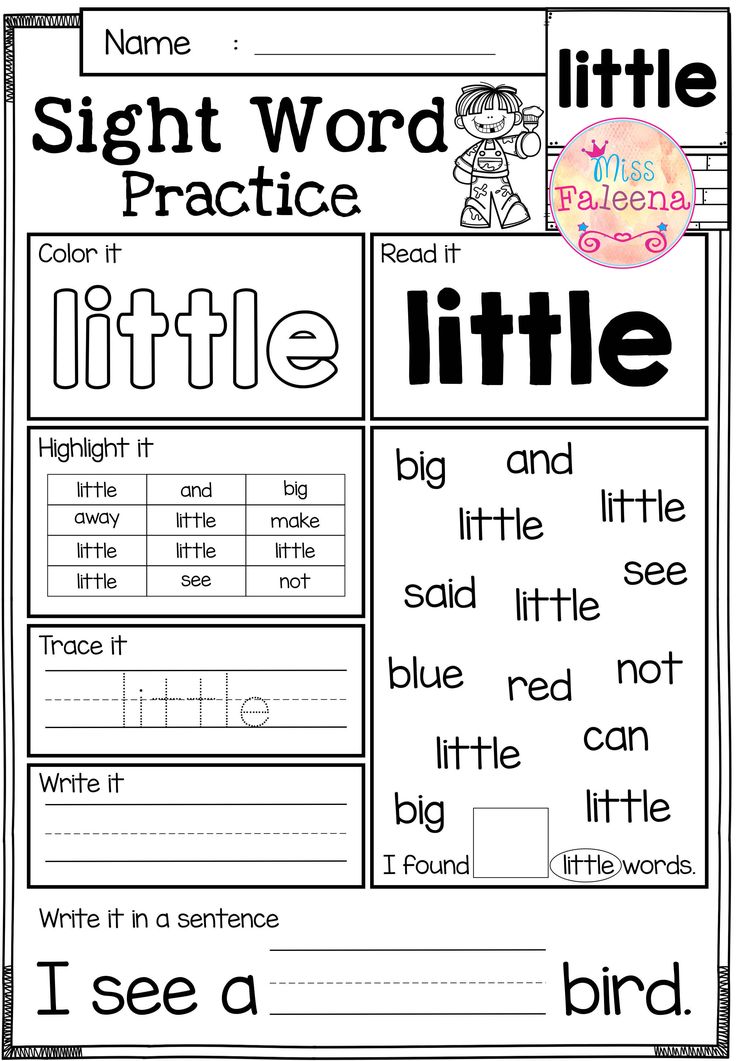
- Choose a story that contains several of the sight words on your list.
- Read the story aloud to the kids.
- Ask them to listen for the sight words and point them out as you read.
- Repeat with another story.
8. Act It Out:
You will need:- A list of sight words 1st grade students need to learn
- A whiteboard or blackboard
- A marker or chalk
This is a great way to help the first graders make connections between the words and their meanings.
- Choose an action-oriented sight word from the list.
- Call it out, and kids have to act it out. For example, if you say “jump”, the kids have to jump up and down.
- This action-oriented game is fun, interactive, and helps the kids learn sight words in a meaningful way.
- Repeat with another sight word.
Online Games to Promote Learning of Sight Words in First Grade
1.
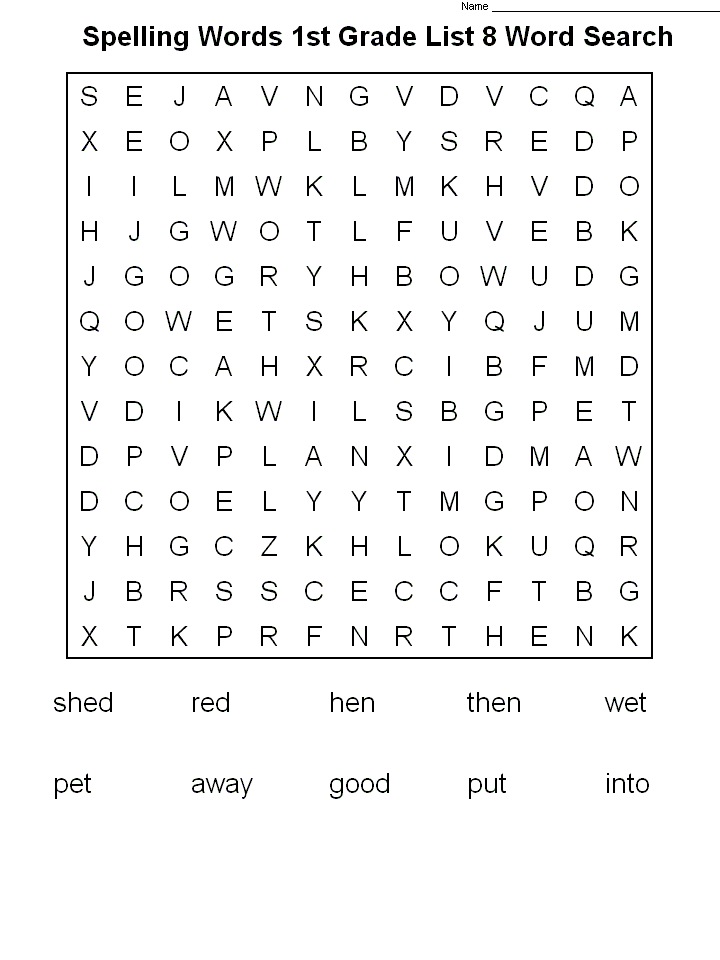 Sight Words Games for 1st Graders at SplashLearn
Sight Words Games for 1st Graders at SplashLearnLet your child join millions of learners at SplashLearn to practice sight words, identify them by sounds, decode them instantly, and get tested on their knowledge of words. As they play exciting games, they pick up new words and their confidence in reading grows manifold.
The learning program is free for teachers, while parents have a 7-day free trial and can then subscribe. The subscription plans start at just $4.99 per month.
2. Bingo Card Creator at SightWords
You can create Bingo cards using the sight word for first graders using this web app for the game mentioned above. You can choose how many Bingo cards you want to create, their layout, the grade of your child, whether you want to create Dolch sight words or Fry sight words.
Print out the Bingo cards displayed on the screen in PDF format. This site is free for everyone.
3. Sight Words Hopper at Education.com
Kindergarten and Grade 1 students love to help Cuz-Cuz jump over mud puddles.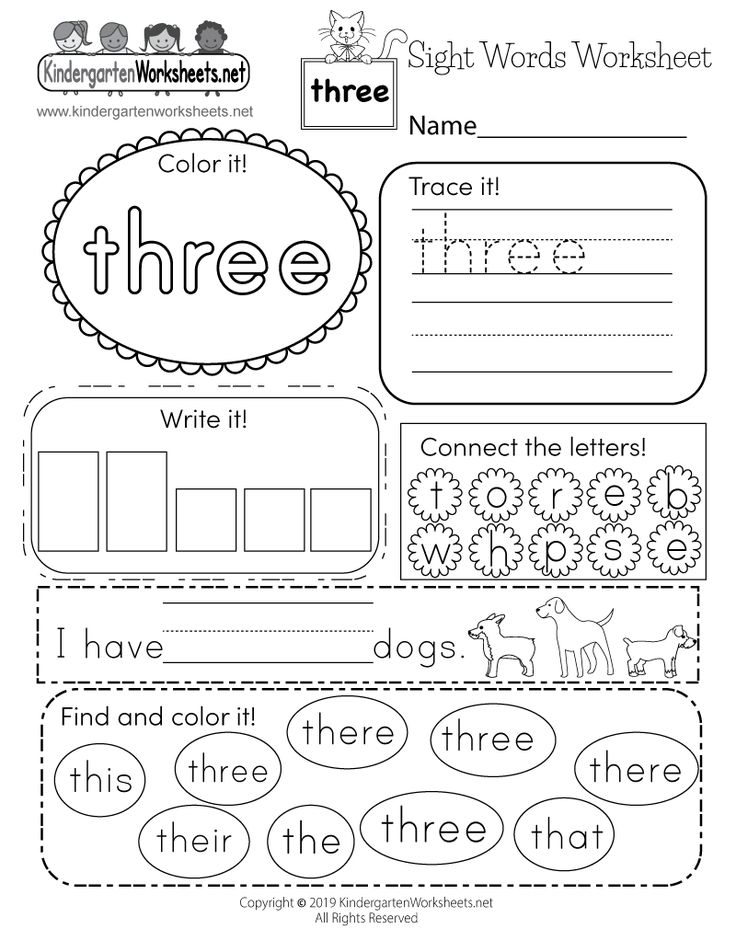 As the narrator reads the high-frequency words or sight words lying in puddles, kids have to jump over the right puddle.
As the narrator reads the high-frequency words or sight words lying in puddles, kids have to jump over the right puddle.
You can try it for free, but to get unlimited access to all its fun and interactive games, you have to subscribe to it. The subscription starts at $5 per month.
4. Illustrated Story at Edoki Academy
Meant for gifted students, the children must read words, understand their meanings, and choose the correct pictures to illustrate the simple sentences they see. After all, this is how elementary school students can develop reading skills.
You can try it for free for one week and then subscribe. The subscription to Edoki Club starts at $3.50 per month.
5. Out of Sight Words at ABCya.com
This quirky game asks children to read a sight word and find a corresponding image. This game uses 220 words from the Dolch Word List and includes nouns, pronounces, verbs, adjectives, adverbs, conjunctions, and prepositions.
You can use it for free but have to subscribe to it for an ad-free experience.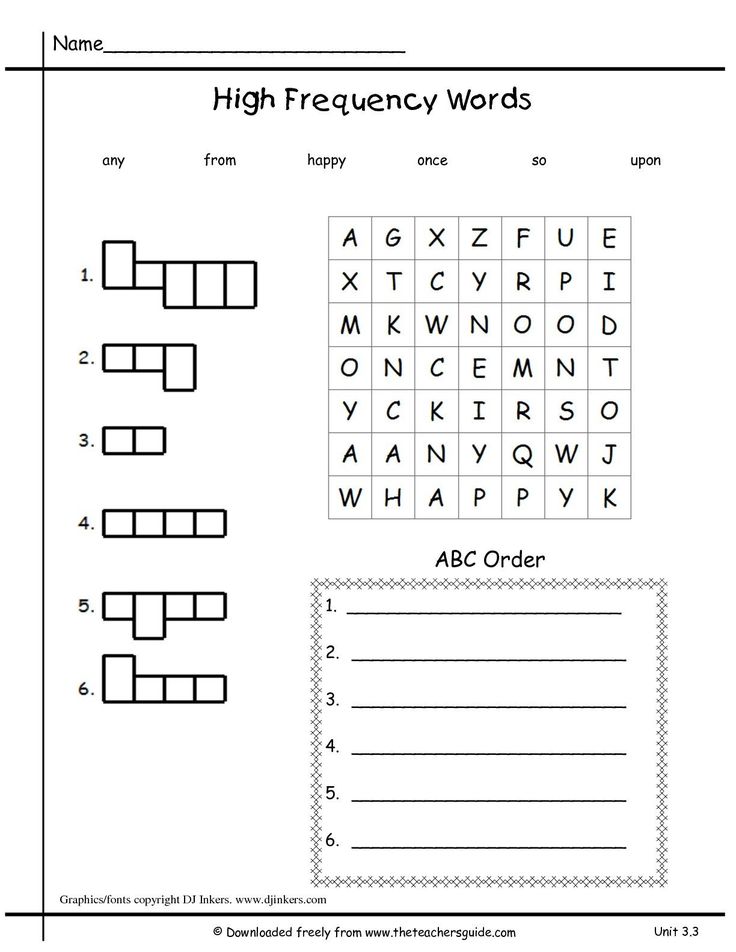 The premium version also offers several other features, such as setting a timer for the games, controlling the access of games, etc. The subscription starts at $5.83 per month.
The premium version also offers several other features, such as setting a timer for the games, controlling the access of games, etc. The subscription starts at $5.83 per month.
We hope you and your first graders enjoy these games and activities to learn new sight words. Learning sight words is an important step in a child’s reading development, and these activities will give them a head start!
Please let us know if you have any questions or suggestions. We would love to hear from you!
Frequently Asked Questions
Why do we teach students sight words?
Sight words frequently occur in the text but are difficult to sound out using phonics rules. They must be learned by sight to become fluent readers.
What are some tips for teaching sight words at home?
There are many ways to incorporate sight words into your everyday routine at home. Read aloud to your child daily and point out sight words as you come across them. With time, you can ask them to read the sight word when you come across one.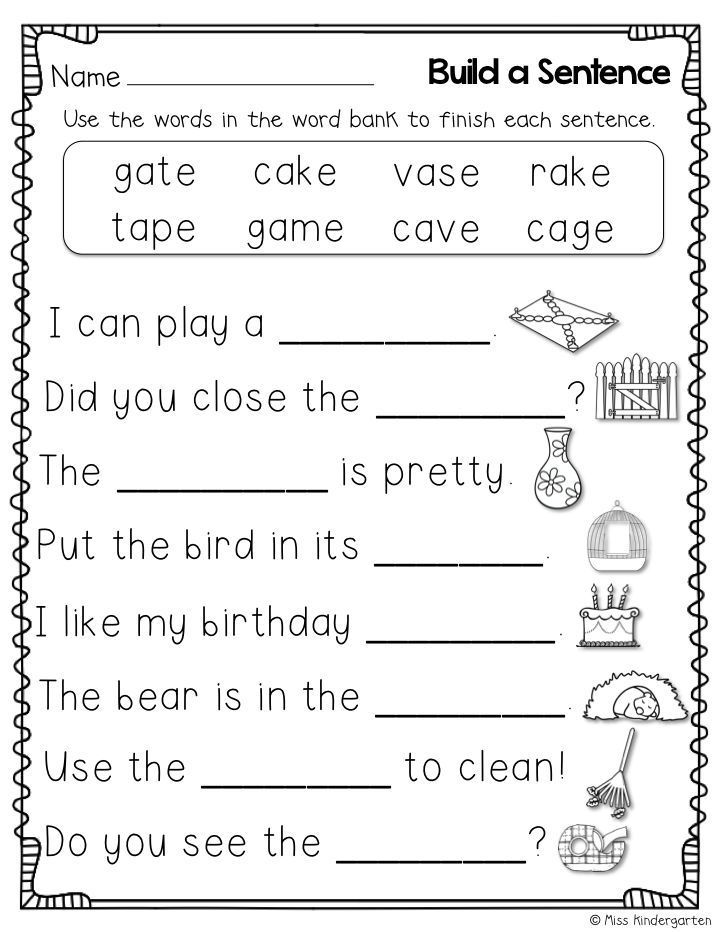
You can also make a game out of it by hiding sight words around the house and having them search for them. Finally, you can create a sight word wall in your home where you post new words for your child to learn.
Can I skip sight words for my first grader if they are already good at reading?
Sight words should not be skipped, as they are important to a child’s reading development. If your child is already good at reading, you can challenge them by asking them to read longer texts incorporating more sight words. You can also ask them to use the words in their sentences.
Fry Word List - 1,000 High Frequency Words
The Fry word list or "instant words" are widely accepted to contain the most used words in reading and writing. The sight words list is divided into ten levels and then divided into groups of twenty-five words, based on frequency of use and difficulty.
It is important for young readers to instantly recognize these high frequency words by sight in order to build up their reading fluency.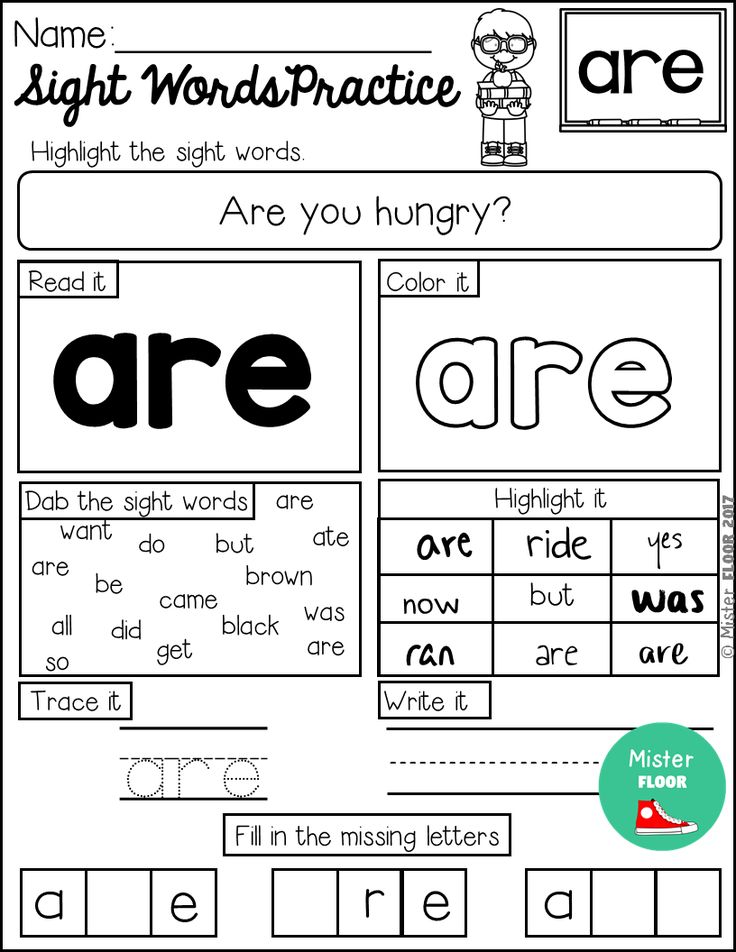 It is also important for readers to practice words in meaningful context through phrase and sentence reading practice. As a follow up activity, students can practice writing short sentences including Fry words.
It is also important for readers to practice words in meaningful context through phrase and sentence reading practice. As a follow up activity, students can practice writing short sentences including Fry words.
As you individually meet with the student, you’ll quickly be able to identify words that they are having trouble with. Also, as students write in their journals and read aloud, regular misspellings and misuse can provide you with a target list of words to teach first or spend more time on. Don't forget to check out all of our vocabulary worksheets and Dolch Sight Words.
This includes all 1,000 Fry Words from the 1st – 10th levels.
- Grade Levels:
- 2nd and 3rd Grade, 4th and 5th Grade, Grades K-12, Kindergarten & 1st Grade
Here’s the first level of the 1,000 Fry words.
- Grade Levels:
- Grades K-12, Kindergarten & 1st Grade
- CCSS Code(s):
- RF.K.3.C, RF.1.3.G
This page is the list of the third one hundred words on the Fry list.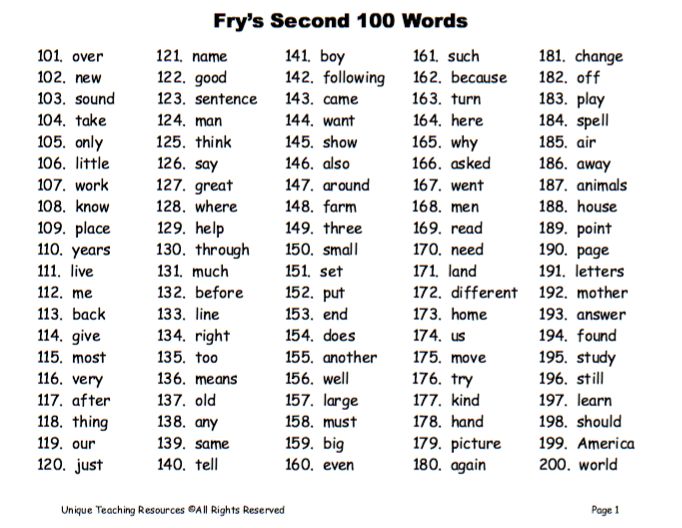
- Grade Levels:
- 2nd and 3rd Grade, Grades K-12
- CCSS Code(s):
- RF.3.3.D
This is the second one hundred Fry words.
- Grade Levels:
- 2nd and 3rd Grade, Grades K-12
- CCSS Code(s):
- RF.2.3.F
The ninth one hundred words from the Fry list can be found here.
- Grade Levels:
- 4th and 5th Grade, Grades K-12
- CCSS Code(s):
- RF.4.3.A, RF.5.3.A
The Fry “instant word” list has these as the fourth one hundred words.
- Grade Levels:
- 4th and 5th Grade, Grades K-12
- CCSS Code(s):
- RF.4.3.A, RF.5.3.A
This is the final level of the Fry 1,000 word list, featuring the tenth one hundred words.
- Grade Levels:
- 4th and 5th Grade, Grades K-12
- CCSS Code(s):
- RF.4.3.A, RF.5.3.A
Here’s the fifth one hundred of the 1,000 Fry words.
- Grade Levels:
- 4th and 5th Grade, Grades K-12
- CCSS Code(s):
- RF.
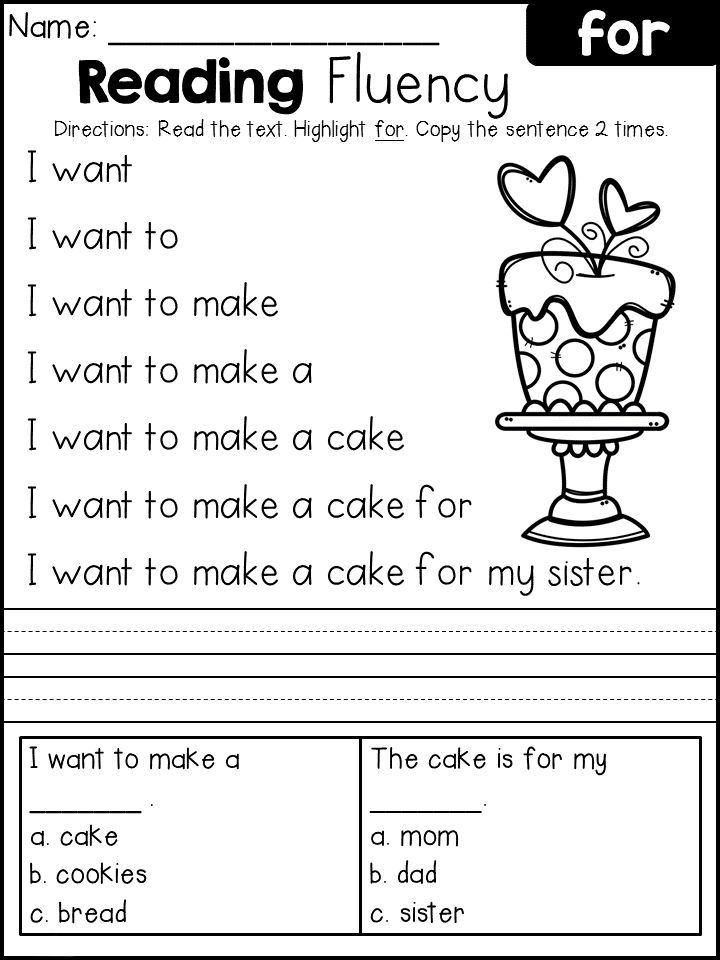 4.3.A, RF.5.3.A
4.3.A, RF.5.3.A
This is the 6th level of one hundred words from the Fry word list.
- Grade Levels:
- 4th and 5th Grade, Grades K-12
- CCSS Code(s):
- RF.4.3.A, RF.5.3.A
Here’s the seventh one hundred words on the Fry “instant words” list.
- Grade Levels:
- 4th and 5th Grade, Grades K-12
- CCSS Code(s):
- RF.4.3.A, RF.5.3.A
This page has the eighth one hundred words from the Fry 1,000 word list.
- Grade Levels:
- 4th and 5th Grade, Grades K-12
- CCSS Code(s):
- RF.4.3.A, RF.5.3.A
life hack that not everyone knows about - Marketing on vc.ru
The simple and yet effective method described in the article is suitable not only for selecting keywords for contextual advertising or SEO, but also for quickly analyzing the demand for the company's product. It is not always advisable to use Key Collector or a similar service. Sometimes it is better and faster to use Yandex.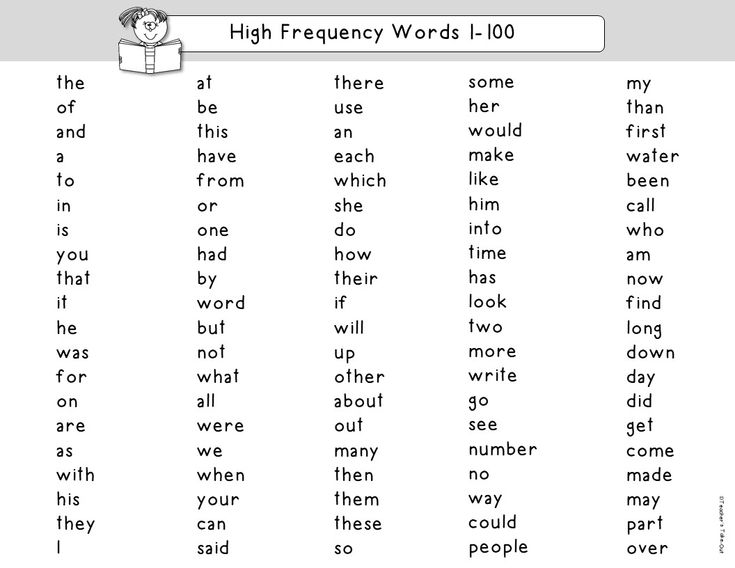 Wordstat.
Wordstat.
12 801 views
What keywords "Wordstat" will select
Wordstat does not differentiate between cognate words with different endings. That is, when entering the key query “clothes for children” in the search, it will definitely take into account its derivatives: “buy clothes for children” or “clothing for children catalog” . Here the endings change, additional words are added, but the main words of the query - clothes and children - remain.
Also, queries with the word “child” will be shown in the results, since this is the same word as “children”, but in the singular. That is, on request "clothing for children" we will also see in the issuance of "clothes by the age of the child."
Keyword selection
Wordstat does not take into account words with one, two and three letters in your query. That is, when you query "clothing for children" , Wordstat will ignore "for" and show you the output for the query "clothing for children" . Therefore, when selecting key queries, feel free to omit words of one, two or three letters, if their absence does not change the meaning. Uppercase or lowercase letters are also not important. nine0003
Therefore, when selecting key queries, feel free to omit words of one, two or three letters, if their absence does not change the meaning. Uppercase or lowercase letters are also not important. nine0003
What keywords Wordstat will NOT select
The very first thing he misses are synonyms and similar words. For example, if you search for "car tires" , you won't see "car tires" or "car tires" in your results. Thus, you can lose part of the target audience. This must be taken into account.
The second important point is that Wordstat reasonably considers different parts of speech as different words. That is, adjective "children" and the noun "children" are not the same for him. At the same time, both queries "clothes for children" and "children's clothes" are logically the same.
Yandex will help us
These inconveniences in the selection of key phrases are easily solved.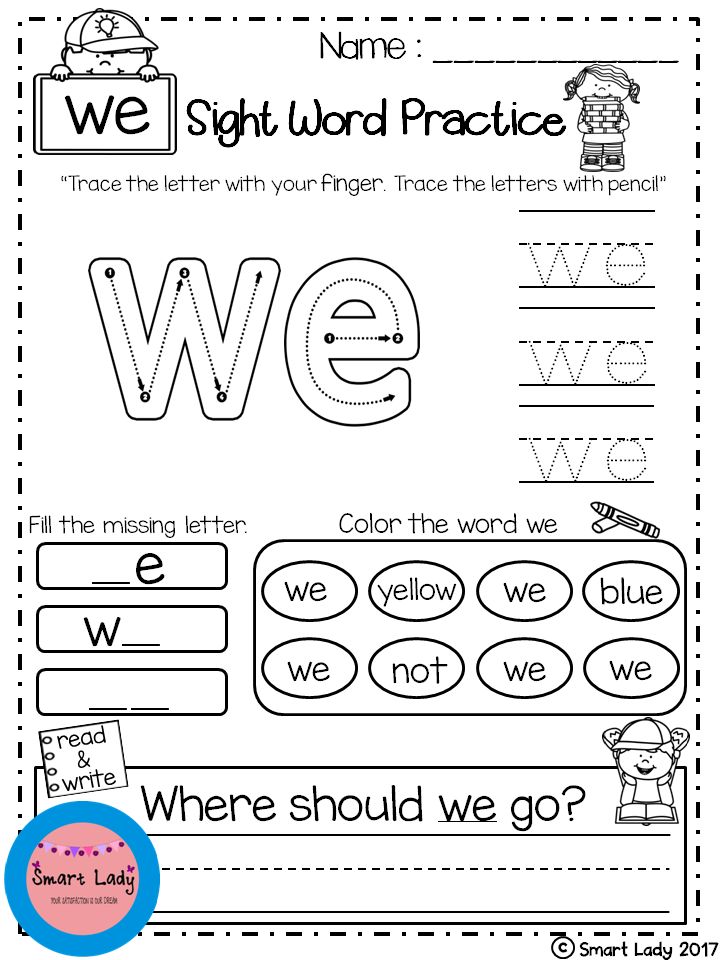 So that the selection of keys does not turn into a monkey's work of collecting first some target requests, then others, third, and so on, I offer a small life hack. Surprisingly, many do not use these Yandex features. nine0003
So that the selection of keys does not turn into a monkey's work of collecting first some target requests, then others, third, and so on, I offer a small life hack. Surprisingly, many do not use these Yandex features. nine0003
So, our task is TOGETHER to select the maximum number of key queries and filter out non-target ones. To do this, we will use the special features of Yandex - mathematical symbols, or operators. There are many, but for a simple example, we need only three operators now.
The first statement is round quotes "()". Designed to group words based on their logical similarity. For example, tires and tyres, best and top.
The second operator is a vertical bar "|", meaning OR. This symbol helps Wordstat to choose one of the values we specified. For example, tires OR tyres, best OR top.
The third operator is a well-known and actively used minus “-”, designed to filter out garbage: free, used, photo, etc.
We select synonyms
Now to practice. Let's select all possible keywords. We take the topic of our article as a basis - the selection of keywords. This phrase is made up of three words. Let's pick a few synonyms for each of them. nine0003
Let's select all possible keywords. We take the topic of our article as a basis - the selection of keywords. This phrase is made up of three words. Let's pick a few synonyms for each of them. nine0003
The word "selection" has the following synonyms: collection, pick up. Here I call the verb “pick up” a synonym for the noun “selection”, which, according to the rules of the Russian language, is not true. Yandex also does not consider them synonyms. Something else is important here. It is important for us to understand how the target audience thinks and what queries it will make in the search engine. And she will make requests "keyword selection" , "select keywords" . Both that, and other request are logically identical. nine0003
Synonyms for keywords : target, search, advertising, for advertising. As written above, a noun and an adjective are perceived by Yandex as different words, so we indicated both in synonyms - advertising and advertising. We will limit ourselves to this list, but you can add "seo", "seo", "for direct" and so on.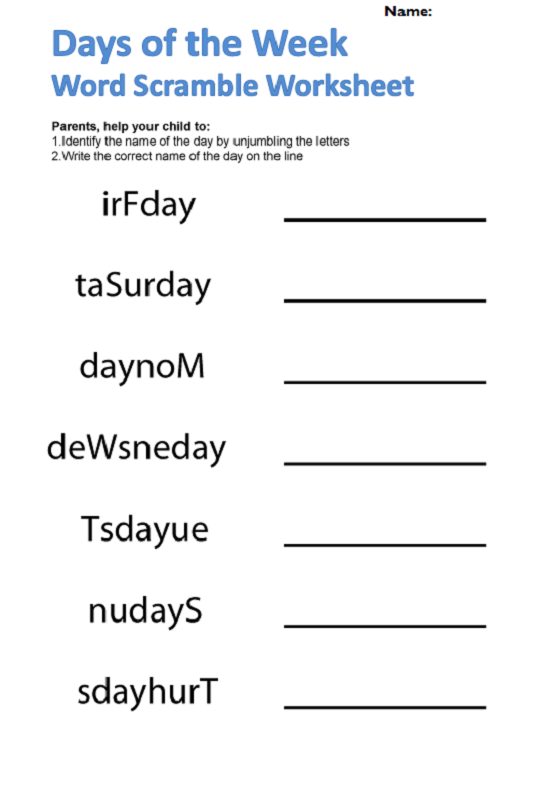
Don't forget about slang and misspelled words. Synonyms for "word" : keywords, keywords, keywords, queries, phrases, semantics. Collect all possible synonyms, also taking into account the spellings of words in different languages. nine0003
Creating a complex query
The next step is to group synonymous words with the quote "()" and vertical bar "|" operators. Without spaces.
The following groups were obtained:
1. (selection|collection|select) - 3 synonyms
2. (key|target|search|advertising|advertisement) – 5 synonyms
3. (word|keywords|keywords|keywords |queries|phrases|semantics) - 7 synonyms
Now we write the groups collected in brackets in one line. Be sure to put a space between them, otherwise Wordstat will give an error:
(selection|collection|select) (keyword|target|search|promotional|advertising) (word|keyword|wikikey|keyword|keyword|query|phrase|semantics)
This is the complex query we were looking for.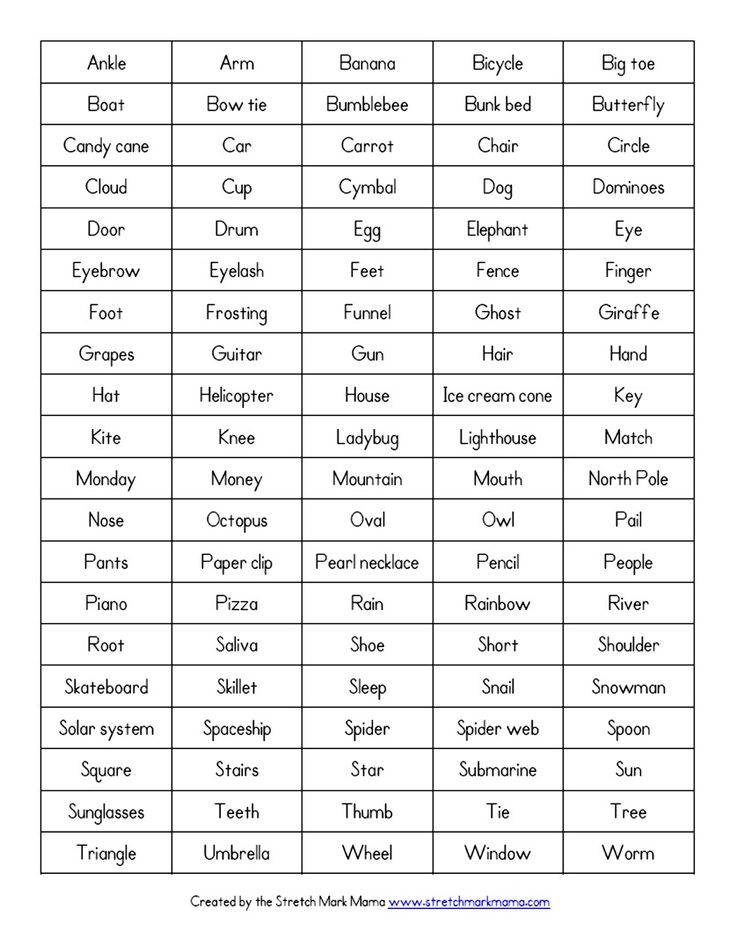 Wordstat will process it as follows. It will take one word from the first brackets, one word from the second, and one word from the third. He will collect all possible combinations from the words we have selected. And as a result, we will get the phrases "selection of key phrases" , "selection of target queries" , "select words for search promotion" and so on.
Wordstat will process it as follows. It will take one word from the first brackets, one word from the second, and one word from the third. He will collect all possible combinations from the words we have selected. And as a result, we will get the phrases "selection of key phrases" , "selection of target queries" , "select words for search promotion" and so on.
Collecting semantics with a complex query
To remove garbage, add negative keywords separated by a space:
(selection|collect|select) (keyword|target|search|advertising|advertising) (word|wikikey|wikikeykey|keys|queries|phrases|semantics) -free - parser-language-man
You can select complex synonyms consisting of two or more words: (special equipment|special equipment|special equipment|special construction equipment). All words located between two symbols "|" will be perceived by Wordstat as a single value. nine0003
Recap
1.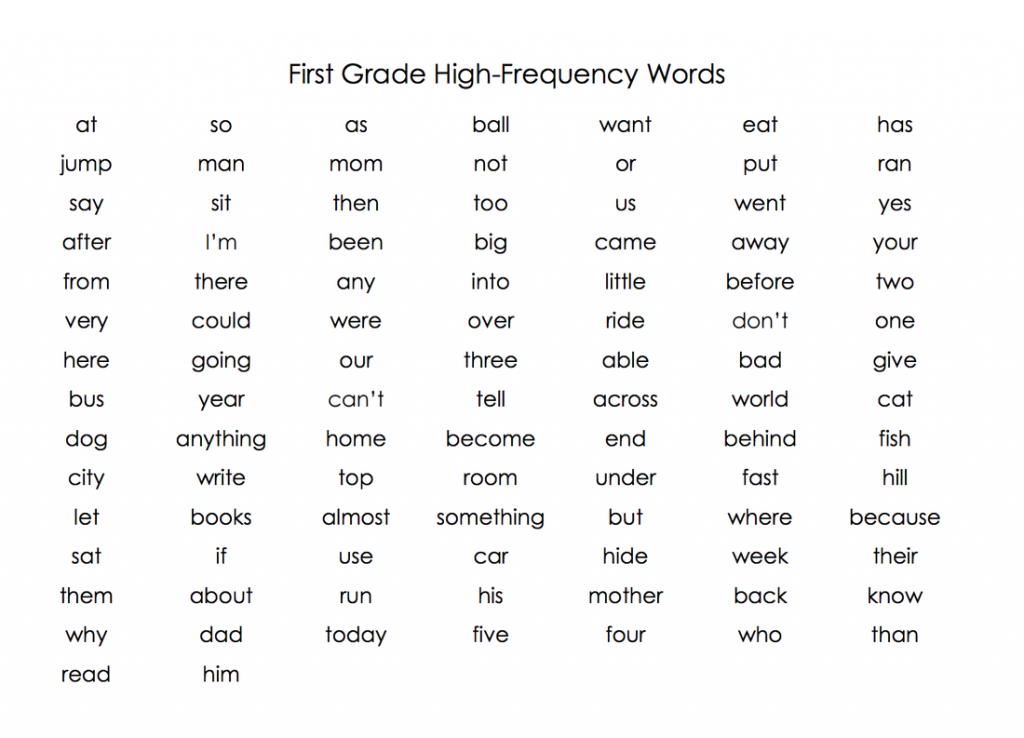 Select the most frequent target query.
Select the most frequent target query.
2. Find all possible synonyms for each word from the query.
3. Make a construction using the operators "()" and "|" in one line.
4. Add negative keywords.
5. We enter our complex query into the search line of Wordstat and get the result.
This method is not always suitable for selecting the right "keys". For example, if an online store is supposed to have a lot of traffic just by the name of the product, this method will not work. However, for the selection of HF and MF requests, it works effectively. nine0003
Also, you will not be able to see the query history in Wordstat, since our complex query contains 105 simple ones (we multiplied the number of synonyms for each group - 3x5x7 = 105).
Query history Wordstat
Conclusion
Using the "()" and "|" operators it helped us to make only one selection of words in Wordstat, instead of 105. And we also copied the result into Word / Excel only once.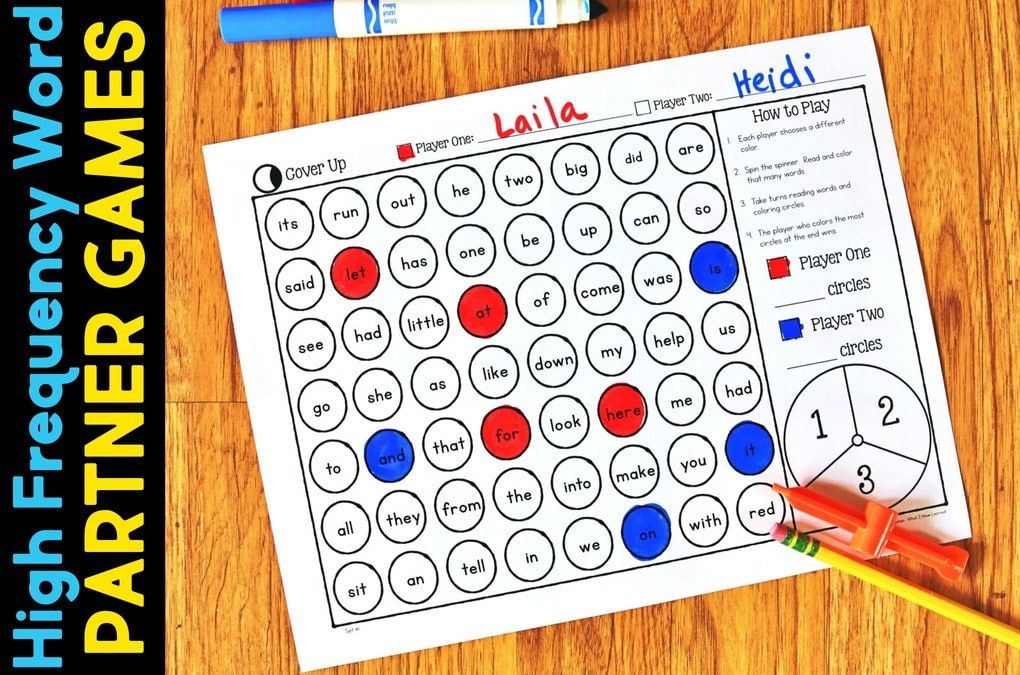 Thanks to these operators, we made a high-quality selection of key queries as completely and quickly as possible. Try it for your needs, it's convenient. nine0003
Thanks to these operators, we made a high-quality selection of key queries as completely and quickly as possible. Try it for your needs, it's convenient. nine0003
Don't get carried away with too many groupings. Create no more than three groups of words in quotation marks. The matter is that, more difficult request creates more restrictions.
For example, in our case, 3 words were used - selection of keywords . Wordstat picked up requests for us, consisting of three or more words. Can't do less. However, there is a target query that we have lost because it consists of two words - collecting the semantics of .
The exact length of a complex query that Wordstat can process is unknown to us. We made huge queries with dozens of synonyms and hundreds of negative keywords, it works great. nine0003
Description of Yandex symbols and operators can be found on its page here:
I will be glad if my technique will simplify your work. If I missed something or you have your own tricks, chips, I’ll read it with pleasure!
Keywords, or How the buyer can find the right thing!
So, as I promised, in this publication I will try to tell as much as possible about the terrible beast named Key words:-) with a song agreed to give me her store for public tearing to pieces correction of keywords :-)
For the preparation of the example, I chose a wooden capsule with a wide carved pattern.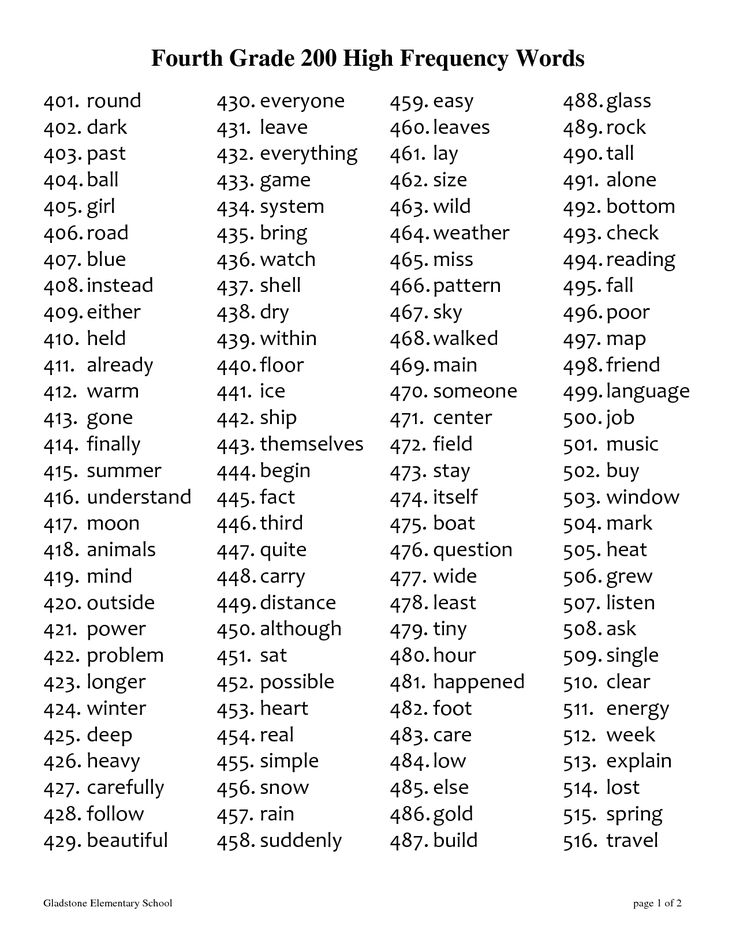
Let's define terminology...
"query" - these are the words that buyers write in the search bar
"keywords", "keys" - these are the words that you write in the Keywords section for each work.
In order for your work to appear in search results on the first pages, the key must match the query as much as possible. Those. if there is a query "rustic style dishes for the kitchen", then if there are 2 keys "rustic style" and "dishes for the kitchen" the work will be 100% found by the search engine. The more keywords a work has...and we remember that the keywords fit in a direct entry (i.e. "as is") both in the description of the work and in the description of the photo... the higher the position of the work in the search results. Thus, we can say that if "request" = "key", then the job will be found. nine0003
All keys (as well as requests) are divided into high-frequency and low-frequency (mid-frequency). I will continue to talk about the keys.
High-frequency keys (high-frequency) are keywords that are found in the largest possible number of works on nuclear materials. They are effective if the buyer does not decide what he wants to buy .... he knows that he wants dishes and a beautiful kitchen, but what a .... this might be. "dishes", m.b. "kitchen interior", m.b. "kitchen decoration" or simply "beautiful kitchen" or "kitchen utensils" or... God forbid... "gift" :-) and so on. For all these keys, the search engine gives results from 3,000 to 10,000 jobs, i.e. the chance that your work will always be on the first pages of the selection is extremely small. That is why it makes sense to use high-frequency speakers in a limited number in Keywords and duplicate them in descriptions and titles. nine0003
It is much more productive to use medium and low frequency keys, i.e. specific ... "dishes + wooden", dishes + wooden carved", "dishes + kitchen Russian style". Here we simultaneously use the high-frequency key "dishes" and the low-frequency "additives".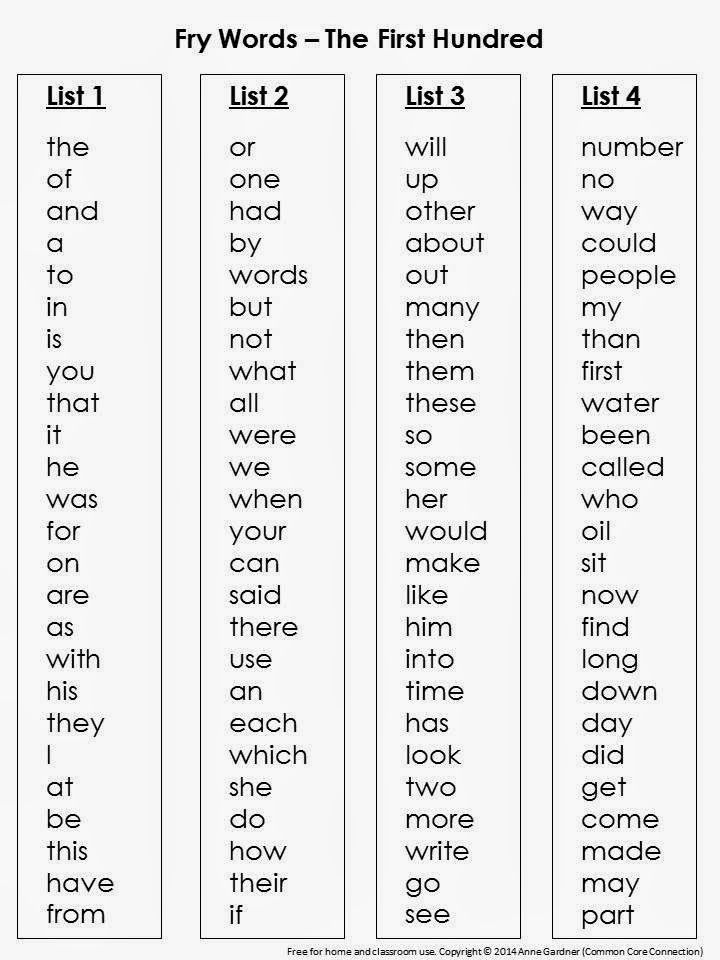 That is, if the buyer writes the request "dishes "(well, he doesn't know what he wants), then the chance of your work to be on the first pages grows by 2 times compared to the work where the key "dishes" is used 1 time.
That is, if the buyer writes the request "dishes "(well, he doesn't know what he wants), then the chance of your work to be on the first pages grows by 2 times compared to the work where the key "dishes" is used 1 time.
I mean myself... :-) they search for low-frequency queries because no one wants to delve into 10,000 works.And your task is to look at your work from the point of view of the buyer:
a) I want dishes, but I don’t know what kind
b) I want dishes - wooden, carved, with floral ornaments, in Russian style, for rustic cuisine, etc.
and come up with such mid- and low-frequency keys that will most closely match the request that the buyer's imagination writes in the search bar :-) When compiling such keys, one must strive for a reasonable balance ... if the request is issued within 500-700 works , then we can assume that the invented key is medium-frequency and the chance that the work will be on 1-2 pages of the search is quite large. And if there are 100 or less works, then this is a wonderful low-frequency speaker, but you need to understand how realistic it is that the buyer will come up with a request that will correspond to this key. nine0003
nine0003
Now practical debriefing :-)
Wooden egg-cup with a wide carved pattern.
Keywords: food jar, woodcarving, kitchen jar, buy jar, brown jar, jar with a lid, jar for spices, for bulk products, gift to the hostess, floral ornament, Russian souvenir.
Only 11 words... MALAVATA will be :-) The authorities said 20 - there should be 20 keys :-)
Food bank - 1319 works. Our work is on the first page, but not on the first 2 lines. And why? Because the title doesn't match the key. A jug is not a jar! There will be more works with the word "bank" in the titles and our guinea pig "swims away into the unknown distance" ... but we do not need this. nine0003
Conclusion 1: the name must contain the keyword .. in this case, "bank".
Wood carving - 2139 works. I honestly scrolled through to 4 pages, I didn’t find our egg capsule. And why? Because this key is not in the title and it is not in the description of the work and there is no photo in the description either. If this key is used at least in the job description and photo, then the chance that I will find this job would have increased by 2 times.
If this key is used at least in the job description and photo, then the chance that I will find this job would have increased by 2 times.
Conclusion 2: keywords should be in the descriptions of works and photos in a direct entry (i.e. "as is")
Kitchen jar - 558 works. As in the case with the first key, the absence of the "bank" key in the name failed again.
Can buy - 42 works. A low-frequency key, I would say, Yandex-oriented ... I personally fear such low-frequency ones for my works, because the chance that a buyer, having come to a buying site, will write "buy ..." in the request is extremely small. When I look for the teapots I need on wholesale sites, I simply write “kettle” or “teapot” ... I don’t need the word “buy”, I’m already on the site where I will buy. nine0003
Brown tin - 73 works. Of course, yes, yes ... but then again ... even my rich imagination, which yesterday was looking for a gingerbread on a Christmas tree with a hole :-) ... would not have thought to ask such a search query :-) I don’t know, to be honest .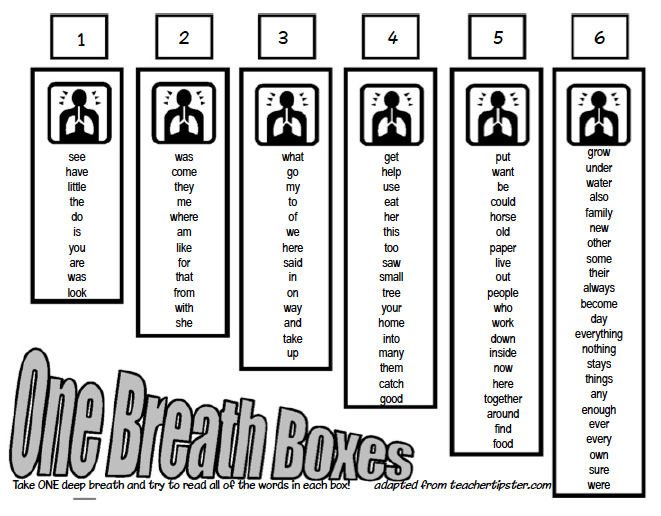 . In such cases, each craftsman decides for himself whether he is ready to wait for a buyer with such a key...
. In such cases, each craftsman decides for himself whether he is ready to wait for a buyer with such a key...
Jar with a lid - 105 works. But mostly these are blanks and clean containers. Of course, our little egg is there on page 1, but! From the point of view of the buyer .. and the sizes of monitors are different for everyone .. looking at the first line of works, the buyer will see empty glass and plastic containers and can logically decide that he got to the wrong place ....
Spice jar - 352 works. Cupcake, Awww!!! Where are you, dear? And our native one is in deep zhEpE, because this key is not duplicated anywhere and is interrupted by numerous "Jars and jars for spices" (see output 1 and 2)
For bulk products. It is clear that this key will be an integral part of the request of two keys, i.e. I wrote a request "a jar for bulk products" - 256 works. I found a pod on page 2. To pull it out on the first one, see conclusion 2 :-)
Gift for the hostess - 1039works. So.. 11 keys have been sorted out, and we need 20... eh... let's invent 9 more pieces :-) So... I want beautiful, inexpensive rustic-style kitchenware for a rustic kitchen. Let's see what we can do :-) Kitchen utensils - 423 works. Good, strong such mid-frequency request. And to clarify Kitchen utensils + inexpensive - 5 works ... bgggg .. all my bowls :-)))) Vyacheslavovna, join me, there is a lot of space on this key :-))))) Kitchen utensils + rustic style = ZERO jobs! Vyacheslavovna, the niche is empty, run there :-) Cookware + rustic kitchen - 42 works! Come in, do not crowd, there is enough space for everyone:-) Carved kitchenware - 8 works. Wooden utensils - 285 works. It's strange, I'm there.... I wonder where I'm not? :-))) and Vyacheslavovna with her real wooden utensils is not there... no panyayayatna.... Carved wooden utensils - 32 works. Vyacheslavovna, why aren't you there? :-))) Kitchenware with carvings - 1 item. And this is not our pod ((( Kitchen utensils wood - 102 works. Kubyshechka, well, show yourself already)) Wooden kitchen utensils - 173 works. Again I am there with my Bamboo, but Vyacheslavovna and her linden tree are not there.... So... further.. and then I want... a beautiful kitchen, a gift for the hostess in the kitchen, decoration for the kitchen, a gift for the mother-in-law or grandmother, a practical gift.... by the way, for some reason mothers-in-law here are not covered by gifts at all... there are only 283 works and there is not much to choose for my taste :-) Gift for grandmother - 1941 works. Ha, grandmothers are loved more than mother-in-law :-)) In my opinion, a carved wooden egg-box (jar) for a gift to a grandmother is the very thing, and a mother-in-law . Beautiful kitchen - 1473 works. It will break through to the top simply ... this key is in direct entry into the descriptions. Gift for the hostess in the kitchen - 167 works. There are 2 keys in the request - "a gift for the hostess" + "a gift for the kitchen". The result - my teapots are there :-))) Vyacheslavovna, I hope to see you there)) A practical gift - 1083 works. The people there may well make room for one small egg))) So, conclusions: 1. All high-frequency queries (from 1000 and above works in the search results) must be duplicated in a direct entry in the title, in the description of the work, in the description of the photo. Ideally, if these keys are in these three places, because the search engine here goes according to the algorithm: keys-title-job description-photo description. I do not guarantee the accuracy of the sequence, but "here he was" :-))) 2. 3. Low frequency keys (from 1 to 300). If closer to 300 works, you can leave such a key, if below 100 - you need to decide if you are ready to wait for a buyer who will come up with such a cunning request. Like "gingerbread for a Christmas tree with a hole" :-)))) 4. Why do you need a job description. To compose a wonderful text for a search engine, consisting of keywords :-) I have never managed to do this, although I write SEO texts .. there are orders for 10 direct keys for 1500 characters))) But we don’t need 1500 characters in the description. .will suffice if 4-5 main keys are used. Well, something like "A carved wooden jar (jar) for bulk products is a wonderful gift for the hostess. Such a practical gift will decorate the kitchen interior and make the kitchen beautiful and cozy. 5. Key ratio in progress. Well...... I use roughly 70% mids, 15% highs, and 15% lows. And I duplicate them as much as possible in the descriptions! So my work... by 1-2-3-4... is present in all the niches that fit my work profile. 6. My husband is waiting for me to have a card of 100 or more works to test another tactic on me, which is the following: we divide all the works into approximately 3 equal parts ... 33 works ... and each PART (i.e. 33 works) we begin to promote creativity in our segment purposefully and accurately in high-frequency, mid-frequency and low-frequency keys. .. I love this request because magically my works are always on the first page :-) * you can't advertise yourself - the day is wasted :-)) see conclusion 2. Such high-frequency keys must be in the descriptions!!! catastrophe! To be found there, the words "Russian" and "souvenir" must be everywhere... both in the title and in the descriptions and more than once... then there is at least some chance of being found.0003
.. I love this request because magically my works are always on the first page :-) * you can't advertise yourself - the day is wasted :-)) see conclusion 2. Such high-frequency keys must be in the descriptions!!! catastrophe! To be found there, the words "Russian" and "souvenir" must be everywhere... both in the title and in the descriptions and more than once... then there is at least some chance of being found.0003  Draw your own conclusion!
Draw your own conclusion! 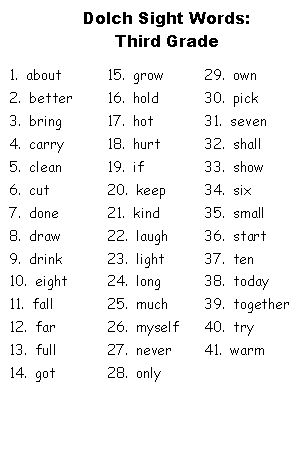 .. if a lady is already in years .. she should appreciate this present from her beloved son-in-law: -)
.. if a lady is already in years .. she should appreciate this present from her beloved son-in-law: -) 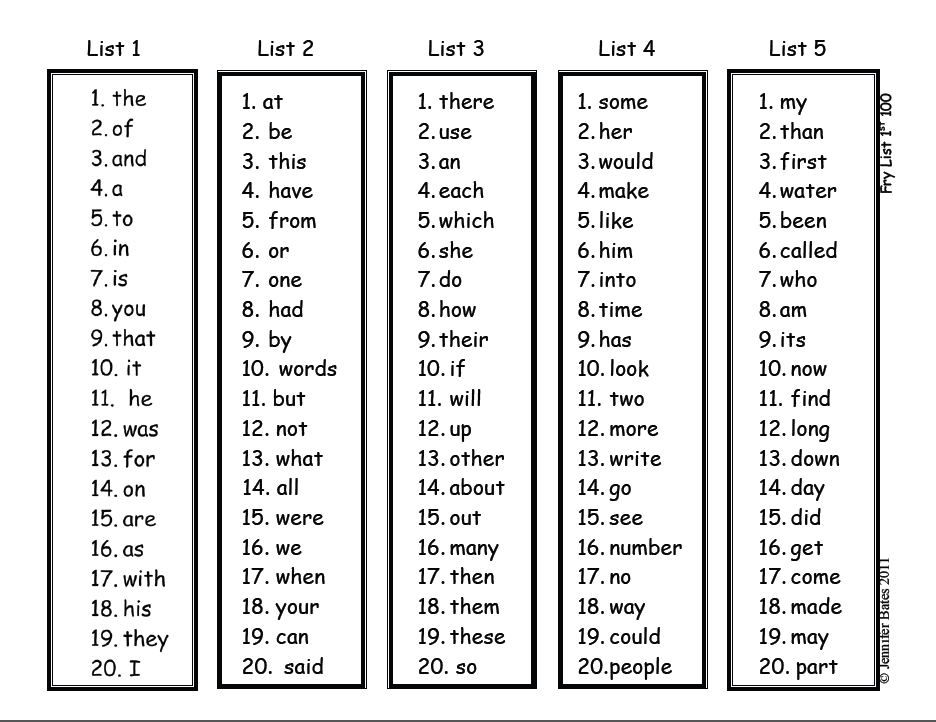 Mid-range keys (400-1000 works) are the most ideal. On the one hand, there are not so many works to frankly get lost, and on the other hand, the search query consists of common words, i.e. the imagination of the buyer is not strained yet.
Mid-range keys (400-1000 works) are the most ideal. On the one hand, there are not so many works to frankly get lost, and on the other hand, the search query consists of common words, i.e. the imagination of the buyer is not strained yet.  The jar is decorated with wood carvings in the form of a floral ornament (drawing)" well, etc. Of course, you don’t need to compose “an oil and fat plant that manufactures products from oil and fat” ... they say they get banned for spamming here ... but in moderation and a little more measure is necessary. IMHO, but the description for the search engine, and the work itself, its photo - for the buyer. Although in the descriptions and buyers should not be forgotten ... he should read this))))
The jar is decorated with wood carvings in the form of a floral ornament (drawing)" well, etc. Of course, you don’t need to compose “an oil and fat plant that manufactures products from oil and fat” ... they say they get banned for spamming here ... but in moderation and a little more measure is necessary. IMHO, but the description for the search engine, and the work itself, its photo - for the buyer. Although in the descriptions and buyers should not be forgotten ... he should read this)))) 